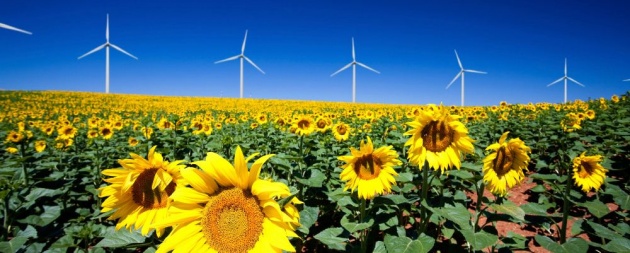
The entire U.S. could run on clean, sustainable energy sources as early as 2050, according to a Stanford University engineer.
In a new study published in the journal Energy and Environmental Sciences, Mark Z. Jacobson lays out a comprehensive, state-by-state plan to help the country rid itself of fossil fuel dependence.
Jacobson analyzed energy consumption in four main sectors (residential, commercial, industrial and transportation), and crafted his plan using existing clean energy technology: wild, solar, geothermal, hydroelectric, tidal and wave energy. Although he admits that the plan is aggressive, it proves that large-scale implementation of clean energy is both "technically and economically possible" with existing technology.
The upfront costs of the transition would be substantial, but the long-term cost of operating sustainable systems is significantly lower, and there are multiple long-term benefits of a wide-scale clean energy conversion:
"When you account for the health and climate costs - as well as the rising price of fossil fuels - wind, water and solar are half the cost of conventional systems," Jacobson said. "A conversion of this scale would also create jobs, stabilize fuel prices, reduce pollution-related health problems and eliminate emissions from the United States. There is very little downside to a conversion, at least based on this science."
If all goes according to Jacobson's plan, the 63,000 annual air pollution-related deaths in the United States would be prevented, and $3.3 trillion would be saved over the next three decades.



